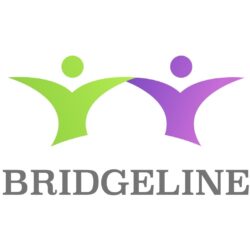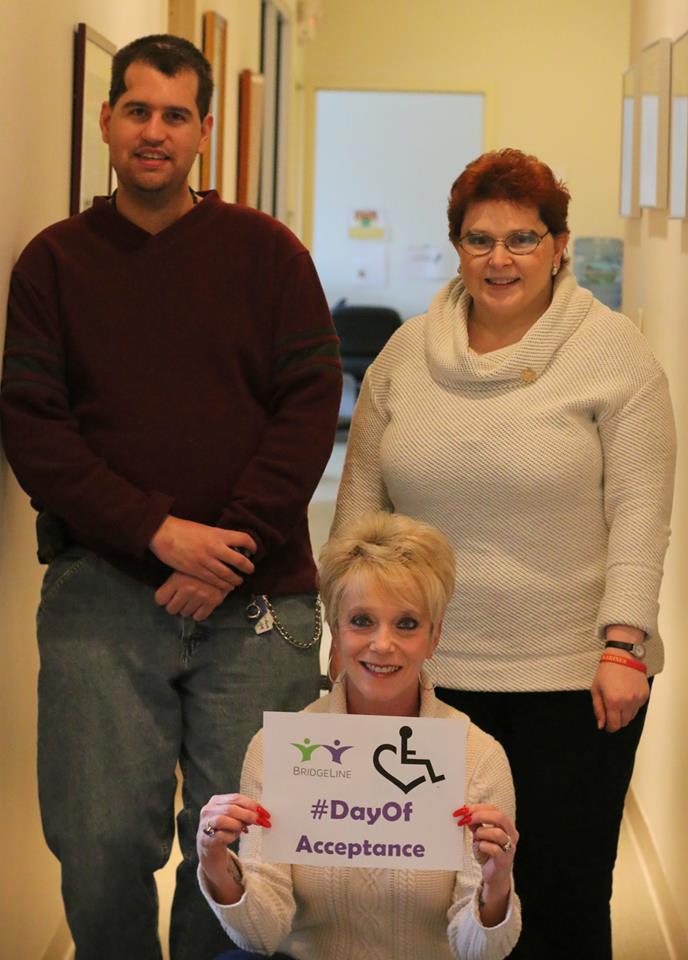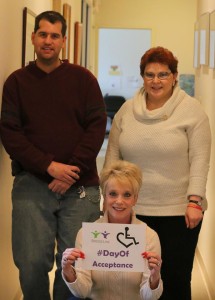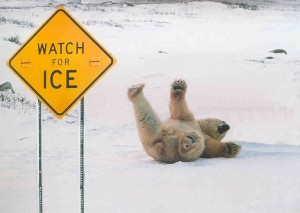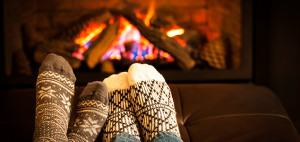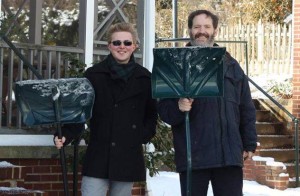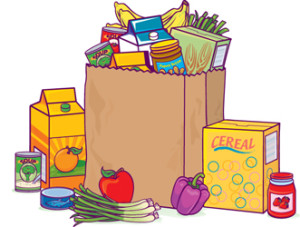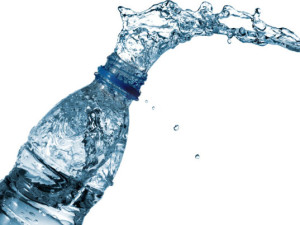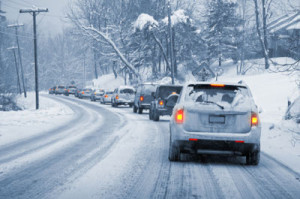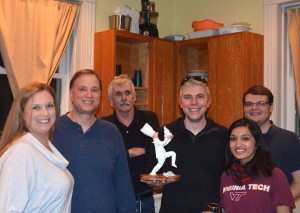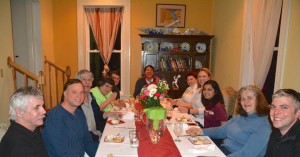SAVE THE DATE!
It’s that time again!
Join us for our comedy night! Mark your calendars for April 9th 2016 at Cville Coffee. More details to come!
Click here to join the event page on Facebook!
Click here to see photos from our awesome comedy night last year!

Follow Us!
#DayofAcceptance
“All of us sport an invisible sign around our necks — “AS IS.” It means, take me as I am. I may not become what you want me to be. And I’m far, far from perfect. But I have some great qualities, too, as well as my share of faults. You will have to take me “AS IS” and I’ll take you that way, too.” ― Steve Goodier
Acceptance is created from an Empowered movement that Educates others to Embrace diversity and Love Life by seeing beyond abilities.
Friends, tell the world you embrace who you are; a person with social rights, who has an opinion, who has interests, who has goals, who loves life, and who will not be without a voice in society. You are not living disabled, you are living.
Supporters, join us in telling the world that you are accepting of people with disabilities – you also have a role in our culture and life. You can have an impact on the future by wearing your heart on your sleeve and proudly demonstrating acceptance.
#internationaldayofacceptance #disABILITIES #charlottesville #braininjuryawareness
Avoiding Winter Falls
When winter snowflakes fall, so do people. Keep these tips in mind when outside in the winter weather! (Courtesy of denverhealth.org)
Prevention Tips
- Plan ahead. Plan your trips out around the weather. If you don’t need to go out, don’t. Wait for the weather and sidewalks to clear.
- Allow yourself enough time to get where you are going. Your chances of falling increase when you are running late and rush.
- Take the path of least resistance. Look for the safest route to your location, AND the safest route into the building. Choose alternate routes when necessary. For example, if the sidewalk or entrance you typically use is icy, find a different route that perhaps has been shoveled or has better sunshine for melting.
- Ask for help. Have someone help you cross the street or navigate an icy patch.
- Be your own advocate. If entrances or sidewalks are not safe, ask people to help remove the snow or use deicer. Businesses and property managers can help eliminate the dangers.
- Choose the right shoes. Be aware of your footwear and choose the boots or shoes that give you the greatest traction.
Pay attention. Walk consciously. Be alert to the possibility that you could quickly slip on an unseen patch of ice. Avoid the temptation to run to catch a bus or beat traffic when crossing a street. - Heed parking lots. Be extra careful getting in and out of your car. Hold on to your door or car as you get out to give yourself extra support. Watch for cars stopping and sliding in parking lots.
- Walk like a penguin. When walking on ground that is slippery from ice and / or snow, take short, shuffling steps, curl your toes under and walk as flatfooted as possible.
- Keep your hands free. Wear gloves so you can keep your hands out of your pockets to help you balance. Avoid carrying heavy loads or children that may cause you to become off balance.
- Remove snow immediately. Keep your porch stoops, steps, walks and driveways free of ice by frequently applying ice melting granules. This is the best way to prevent formation of dangerous ice patches. Waiting for it to melt can sometimes take days!
Winter Safety
It’s that time of year again! Weather reports calling for at least 2-3 feet of snow this weekend. Are you prepared? Read below for some great tips to get you ready!
Communication Checklist
- Listen to emergency broadcasts.
- Make a Family Communication Plan. Your family may not be together during an extreme winter event, so it is important to know how you will contact one another, how you will get back together, and what you will do during an emergency.
- Be sure to check on older neighbors and family members; assist as necessary.
Heating Checklist
- Have at least one of the following heat sources in case the power goes out:
- Extra blankets, sleeping bags, and warm winter coats
- Fireplace with plenty of dry firewood or a gas log fireplace
- Portable space heaters or kerosene heaters
Cooking and Lighting Checklist
- Use battery-powered flashlights or lanterns.
- Never use charcoal grills or portable gas camp stoves indoors. The fumes are deadly.
- Avoid using candles as these can lead to house fires.
Food and Safety Checklist
Have a week’s worth of food and safety supplies. If you live far from other people, have more supplies on hand. Make sure you have the following supplies:
- Drinking water
- Canned/no-cook food (bread, crackers, dried fruits)
- Non-electric can opener
- First-aid kit
- Rock-salt to melt ice on walkways
- Supply of cat litter or bag of sand to add traction on walkways
- Flashlight and extra batteries
Water Checklist
Keep a water supply. Extreme cold can cause water pipes in your home to freeze and sometimes break.
- Keep the indoor temperature warm.
- Allow more heated air near pipes. Open kitchen cabinet doors under the kitchen sink.
- Fill the bathtub or have bottled water on hand.
Car and Emergency Checklist
Minimize travel, but if travel is necessary, keep the following in your vehicle:
- Cell phone, portable charger, and extra batteries
- Shovel
- Windshield scraper
- Battery-powered radio with extra batteries
- Flashlight with extra batteries
- Water
- Snack food
- Extra hats, coats, and mittens
- Blankets
- Chains or rope
- Tire chains
- Canned compressed air with sealant for emergency tire repair
- Road salt and sand
- Booster cables
- Emergency flares
- Bright colored flag or help signs
- First aid kit
- Tool kit
- Road maps
- Compass
- Waterproof matches and a can to melt snow for water
- Paper towels
Be safe!
Guest Chef January 2016
We had our first Guest Chef for a Dinner group this past weekend!
A big THANK YOU to Monal Patel, Brooke Driver, Geoffrey Dennison, Eric Hodges, Tyler Arbaugh, Rick Dawson from the Courtyard Marriott Charlottesville University Medical Center! They went all out with the meal they prepared and it was an absolute treat. They made lamb meatballs, chicken parmesan, homemade bruschetta and more. Thank you all for volunteering your time and for the delicious meal!
Click here to see more photos of this great group!
Interested in becoming a Guest Chef at The Bridge Line? Contact Amber Rexrode at amber@thebridgeline.org for more information.
Blog Post by Alberto
Blog post by our former volunteer Alberto from Spain.
Click here to see the original blog.
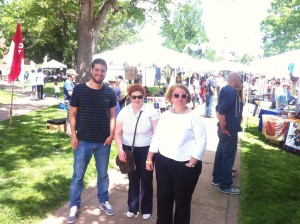
Vaig conèixer The Bridgeline a través de SCI Catalunya i de seguida vaig pensar que podia ser una bona organització per a realitzar un voluntariat en contacte amb les persones que més ho necessiten dins de la comunitat. The Bridgeline està situada a Charlottesville, Virginia. Es una organització sense ànim de lucre que treballa amb adults que tenen lesions cerebrals. L’organització té tres cases on viuen la majoria dels residents, i també treballa amb molts d’altres que viuen de manera autònoma.
El primer que sobta al conèixer les lesions cerebrals es que poden succeir-li a qualsevol persona: una mala caiguda, un accident de cotxe o un accident domèstic, per exemple. Tornar a començar és difícil però la meva experiència aquí em diu que els avenços són possibles i que la recuperació avança cada dia! És un procés llarg i molt constant, però durant aquests mesos he vist la lluita diària dels pacients i la seva capacitat d’autosuperació. Aquests moments m’han fet relativitzar els meus problemes diaris i m’han fet veure quines són les dificultats reals de la vida i com superar-les amb molt d’esforç.
The Bridgeline té un ampli equip de professionals: metges, treballadors socials i voluntaris, amb els quals treballo a diari. L’ambient de treball és molt familiar ja que molts dels treballadors tenen amics amb lesions cerebrals o hi treballen com a voluntaris.Com a voluntari, treballo amb els residents creant tallers de música, art, esports, cuina, lectura i cinema, entre d’altres. En aquests espais, els pacients aprenen a estimular les seves habilitats i a reforçar aspectes fonamentals com la motricitat i la memòria. Poc a poc, els pacients són més autònoms i refermen la seva integració en la comunitat. És un treball estimulant i molt exigent, tant pel voluntari com pel pacient, però molt reconfortant en tots els sentits. És increïble com d’agraïts son els residents i quantes coses s’aprenen d’ells cada dia! Tots ells són un gran exemple per a mi. M’han ajudat a créixer com a persona en veure que malgrat les seves dificultats físiques i cerebrals sempre tenen il·lusió i metes per assolir.
